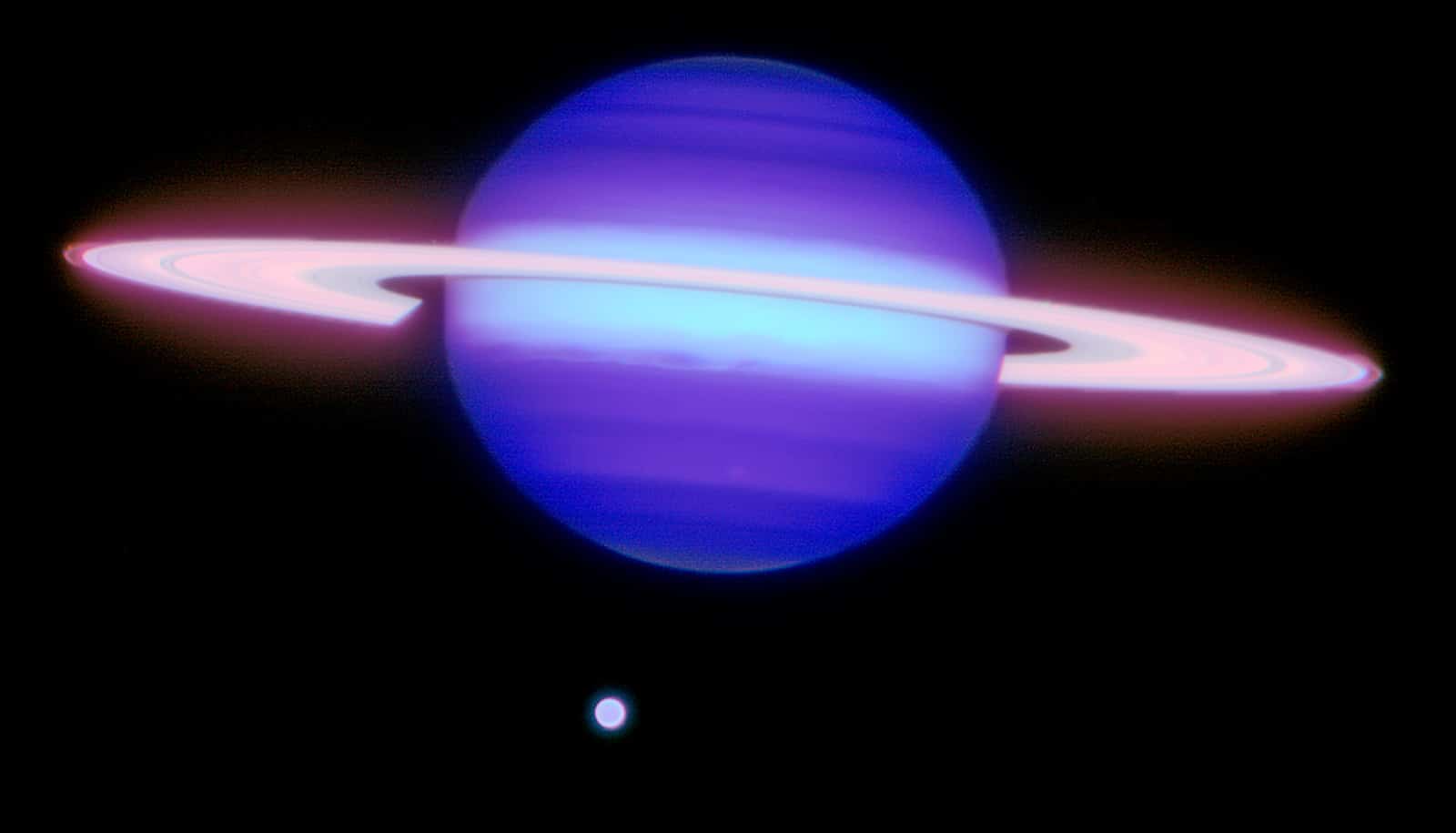When a meteoroid enters Earth’s atmosphere, the high-pressure air in front of it seeps into its pores, cracking the meteoroid, pushing its body apart, and causing it to explode, new research suggests.
“There’s a big gradient between high-pressure air in front of the meteor and the vacuum of air behind it,” says Jay Melosh, a professor of Earth, atmospheric, and planetary sciences at Purdue University and coauthor of the paper.
“If the air can move through the passages in the meteorite, it can easily get inside and blow off pieces,” he explains.
Researchers knew that meteoroids often blew up before they reached the Earth’s surface, but they didn’t know why. To explain the phenomenon, Melosh’s team looked to the 2013 Chelyabinsk event, when a meteoroid exploded over Chelyabinsk, Russia.
The explosion came as a surprise and brought in energy comparable to a small nuclear weapon. When it entered Earth’s atmosphere, it created a bright fire ball. Minutes later, a shock wave blasted out nearby windows, injuring hundreds of people.
The meteoroid weighed around 10,000 tons, but only about 2,000 tons of debris were recovered, which means something happened in the upper atmosphere that caused it to disintegrate. To solve the puzzle, the researchers used a unique computer code that allows both solid material from the meteor body and air to exist in any part of the calculation.
Heavy metal found in meteoroids kills cancer cells
“I’ve been looking for something like this for a while,” Melosh says. “Most of the computer codes we use for simulating impacts can tolerate multiple materials in a cell, but they average everything together. Different materials in the cell use their individual identity, which is not appropriate for this kind of calculation.”
This new code allowed the researchers to push air into the meteoroid and let it percolate, which lowered the strength of the meteoroid significantly, even if it had been moderately strong to begin with.
While this mechanism may protect Earth’s inhabitants from small meteoroids, large ones likely won’t be bothered by it, he says. Iron meteoroids are much smaller and denser, and even relatively small ones tend to reach the surface.
The researchers report their findings in the journal Meteoritics & Planetary Science.
NASA’s Office of Planetary Defense supported the research.
Source: Purdue University



